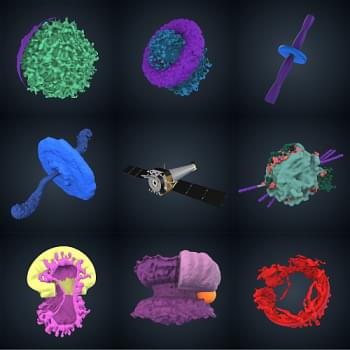
Get the latest international news and world events from around the world.


New ‘Anti-Aging’ Vaccine Has Increased Mouse Life Spans. Would It Work in Humans?
The Neuro-Network.
𝐍𝐞𝐰 ‘𝐀𝐧𝐭𝐢-𝐀𝐠𝐢𝐧𝐠’ 𝐕𝐚𝐜𝐜𝐢𝐧𝐞 𝐇𝐚𝐬 𝐈𝐧𝐜𝐫𝐞𝐚𝐬𝐞𝐝 𝐌𝐨𝐮𝐬𝐞 𝐋𝐢𝐟𝐞 𝐒𝐩𝐚𝐧𝐬. 𝐖𝐨𝐮𝐥𝐝 𝐈𝐭 𝐖𝐨𝐫𝐤 𝐢𝐧 𝐇𝐮𝐦𝐚𝐧𝐬?
𝘼𝙣 𝙚𝙭𝙥𝙚𝙧𝙞𝙢𝙚𝙣𝙩𝙖𝙡 𝙫𝙖𝙘𝙘𝙞𝙣𝙚 𝙨𝙪𝙘𝙘𝙚𝙨𝙨𝙛𝙪𝙡𝙡𝙮 𝙚𝙡𝙞𝙢𝙞𝙣𝙖𝙩𝙚𝙙 𝙖𝙜𝙞𝙣𝙜 𝙘𝙚𝙡𝙡𝙨 𝙛𝙧𝙤𝙢 𝙩𝙝𝙚 𝙗𝙤𝙙𝙞𝙚𝙨 𝙤𝙛… See more.
An experimental vaccine successfully eliminated aging cells from the bodies of mice, helping to prolong the rodents’ lives and reverse some signs of age-related disease.
The researchers say the experiment is a step on the road to a similar vaccine for humans, but could it really work?
“I think the data was extremely strong… I think it’s a really good proof-of-principle,” Paul Robbins, a professor of biochemistry, molecular biology and biophysics and an associate director of the Institute on the Biology of Aging and Metabolism at the University of Minnesota, said of the mouse study. In theory, the same approach would work in humans.

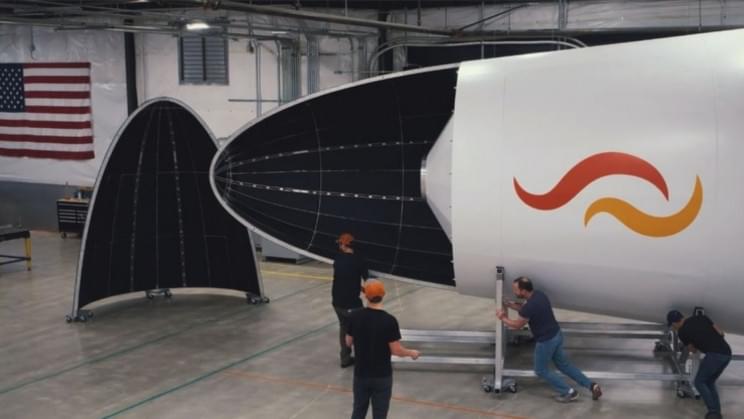
A Bill Gates-Backed ‘Breakthrough’ Initiative Raised $65 Million for Reusable Rockets
Bill Gates’ multibillion-dollar clean-tech initiative Breakthrough Energy Ventures has completed a $65 million funding round for the reusable rocket developer called Stoke Space, according to a Wednesday press release.
So don’t look away, because you might miss the makings of humanity’s future.

Will the Emergence of Drones Mean the End of Crewed Aircraft?
All good things come to an end.
Uncrewed aerial vehicles (UAVs), also known as drones, have proved to be something of a revolution in many aspects of our modern world. Among the most dramatic, in the field of combat.
The ability to project power at a distance without risking a human’s life is an incredibly technological feat. It could be so revolutionary, in fact (if some experts are to be believed), that it could put an end to more than a century of aerial dominance in warfare.
But, is this a realistic prediction for the future of war? Let’s find out.
But first, let’s take a look at some disruptive war technologies of the past.
Full Story:
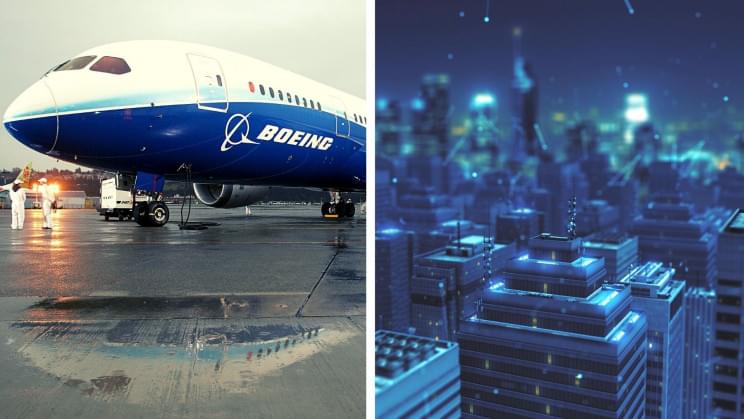
Boeing Says It’s Going to Build a New Airplane Model. In the Metaverse?
Welcome to Web 3.0.
It’s happening.
Major human-focused industries are injecting virtual interactions into the very design of next-gen vehicles, as Boeing announced that its 3D engineering designs will have digital twins that speak to each other via “robots” that converse, while human mechanics at factories throughout the world will be linked via $3,500 HoloLens headsets developed by Microsoft itself, according to an initial report from Reuters.
In other words, Boeing just took a major step into Web 3.0, with airline service operations and production becoming unified within a single digital ecosystem. And it could happen in just two years.
Boeing wants to enter 2022 fighting for engineering dominance Critics of Boeing cite the firm’s previous commitments to triggering an imminent digital revolution. But insiders familiar with Boeing’s announcement say its general aims to improve safety and quality have gained a stronger sense of urgency and significance through the aerospace company’s struggles with several threats. Nevertheless, Boeing plans to fly into 2022 fighting for its engineering dominance in the industry following the 737 MAX crisis, while also preparing for a future aircraft program in the coming decade. But make no mistake, this is a $15-billion gamble. And to make good on its pledge, Boeing will also have to develop a means of preventing manufacturing issues, like the structural flaws that delayed its 787 Dreamliner in 2021.
Full Story:
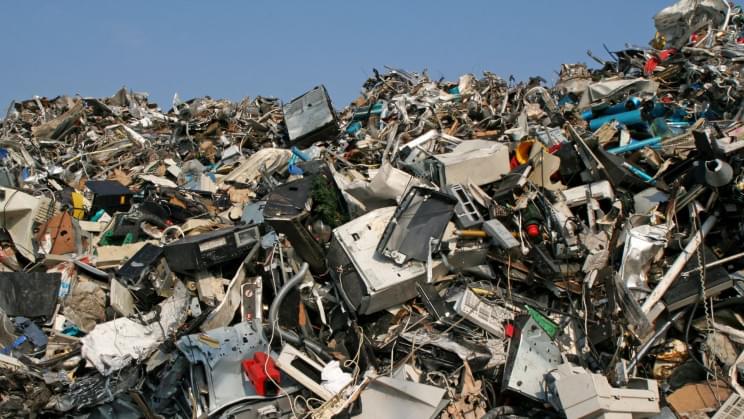
A Man Accidentally Threw Out a Hard Drive Worth $357 Million in Bitcoin
And he’s been searching for it for a decade.
It’s a nightmare scenario that might become increasingly common in a world of digital currency. A man threw away an old PC hard drive while doing a quick spring clean of his home in Newport Wales, U.K., in 2013. Fast-forward almost a decade and he’s still desperately petitioning to be allowed to go through his local landfill.
The reason the man, 35-year-old IT engineer James Howells, wants to trawl through his local trash site is that the hard drive he threw out included a wallet with 7,500 Bitcoin.
At the time he threw out the hard drive, that amount of Bitcoin would have been worth 665 thousand dollars (500 thousand pounds). Today, it would have made him a millionaire, as it would be worth a total of 357 million dollars.
In an interview with The Guardian in 2013, Howells explained how he had been looking through the landfill, which is roughly the size of a football field. “I had a word with one of the guys down there, explained the situation. And he actually took me out in his truck to where the landfill site is, the current ditch they’re working on. It’s about the size of a football field, and he said something from three or four months ago would be about three or four feet down,” Howells explained.
Roughly $140 billion in ‘lost’ Bitcoin worldwide Following initial scavenging efforts for the lost hard drive, Howells seemed resigned to losing the digital fortune. More recently, however, he has recruited local residents in Newport to help him search for the device. Anyone who helps him find it, he says, is promised to be rewarded millions — if the hard drive is still readable, that is. The 35-year-old also offered to donate 25 percent of the potential findings — roughly 70 million dollars– to a “Covid Relief Fund” for his home city.
Full Story:
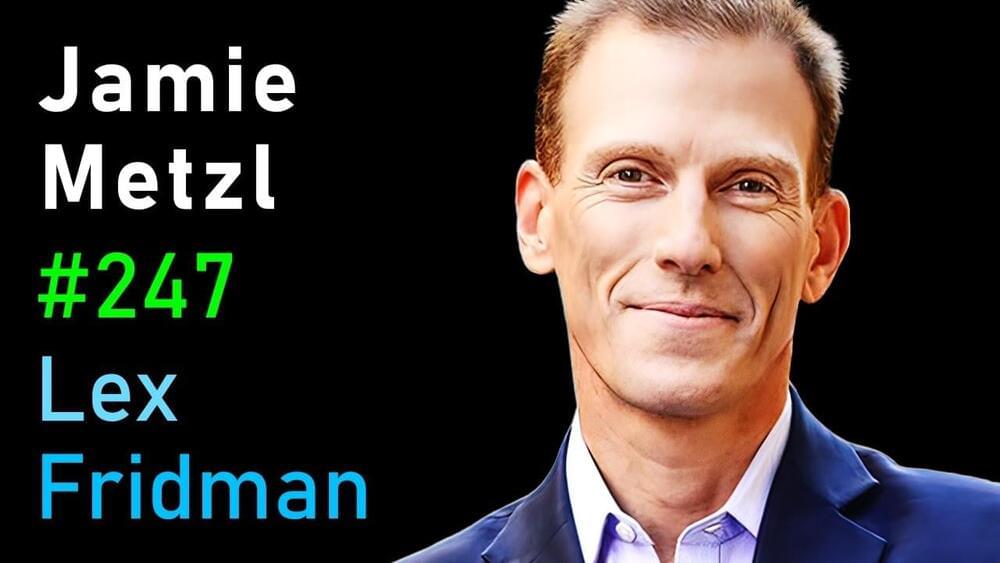
Jamie Metzl: Lab Leak Theory | Lex Fridman Podcast #247
Jamie Metzl is an author specializing in topics of genetic engineering, biotechnology, and geopolitics. Please support this podcast by checking out our sponsors:
- Mizzen+Main: https://mizzenandmain.com and use code LEX to get $35 off.
- NI: https://www.ni.com/perspectives.
- GiveDirectly: https://givedirectly.org/lex to get gift matched up to $300
- Indeed: https://indeed.com/lex to get $75 credit.
- Blinkist: https://blinkist.com/lex and use code LEX to get 25% off premium.
EPISODE LINKS:
Jamie’s Twitter: https://twitter.com/JamieMetzl.
Jamie’s Website: https://jamiemetzl.com/
Jamie’s lab leak blog post: https://jamiemetzl.com/origins-of-sars-cov-2/
Hacking Darwin (book): https://amzn.to/3lLqLsM
PODCAST INFO:
Podcast website: https://lexfridman.com/podcast.
Apple Podcasts: https://apple.co/2lwqZIr.
Spotify: https://spoti.fi/2nEwCF8
RSS: https://lexfridman.com/feed/podcast/
Full episodes playlist: https://www.youtube.com/playlist?list=PLrAXtmErZgOdP_8GztsuKi9nrraNbKKp4
Clips playlist: https://www.youtube.com/playlist?list=PLrAXtmErZgOeciFP3CBCIEElOJeitOr41
OUTLINE:
0:00 — Introduction.
1:27 — Lab leak.
1:00:01 — Gain-of-function research.
1:09:32 — Anthony Fauci.
1:19:14 — Francis Collins.
1:23:56 — Joe Rogan, Brett Weinstein, and Sam Harris.
1:53:53 — Xi Jinping.
2:08:24 — Patient Zero.
2:21:38 — WHO
2:45:28 — Government transparency.
3:07:28 — Likelihood of a cover-up.
3:09:16 — Future of reproduction.
3:44:55 — Jon Stewart.
3:50:14 — Joe Rogan and Sanjay Gupta.
4:15:19 — Ultramarathons.
4:25:21 — Chocolate.
4:33:34 — One Shared World.
4:48:37 — Hope for the future.
SOCIAL:
- Twitter: https://twitter.com/lexfridman.
- LinkedIn: https://www.linkedin.com/in/lexfridman.
- Facebook: https://www.facebook.com/lexfridman.
- Instagram: https://www.instagram.com/lexfridman.
- Medium: https://medium.com/@lexfridman.
- Reddit: https://reddit.com/r/lexfridman.
- Support on Patreon: https://www.patreon.com/lexfridman

You can now travel all the way from Portugal to Singapore
Reddit user htGoSEVe posted a map of the potential rail voyage, later updating his post to reflect the fact that sections of the journey — from Lisbon to Hendaye in France, and the Paris-Moscow Express, for example — have been paused during the pandemic.
Rail enthusiasts estimate that it would cost a little over £1,000 in tickets.
But fellow Reddit user Shevek99 commented to suggest that the journey could be made even longer and more ambitious by starting further east.
